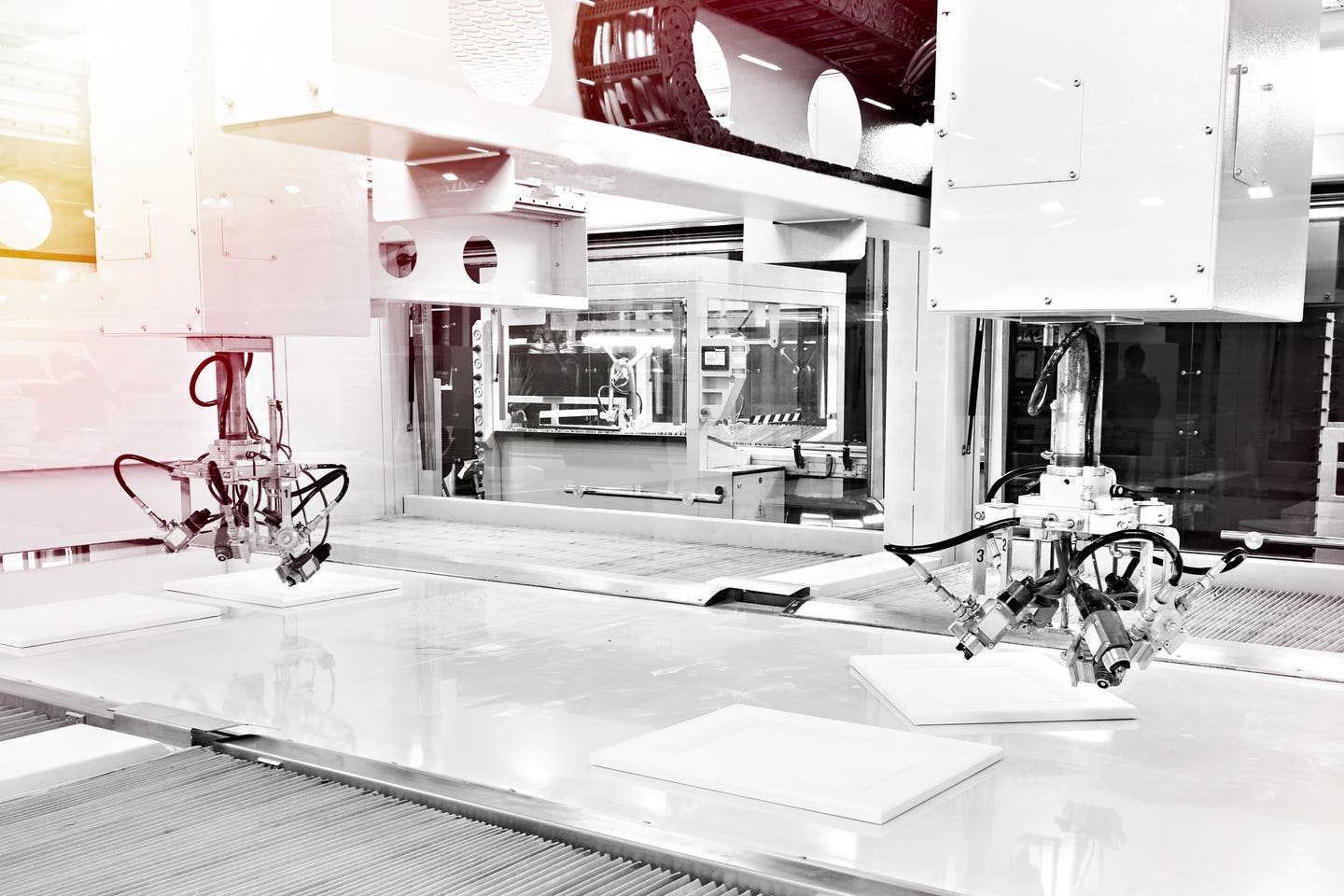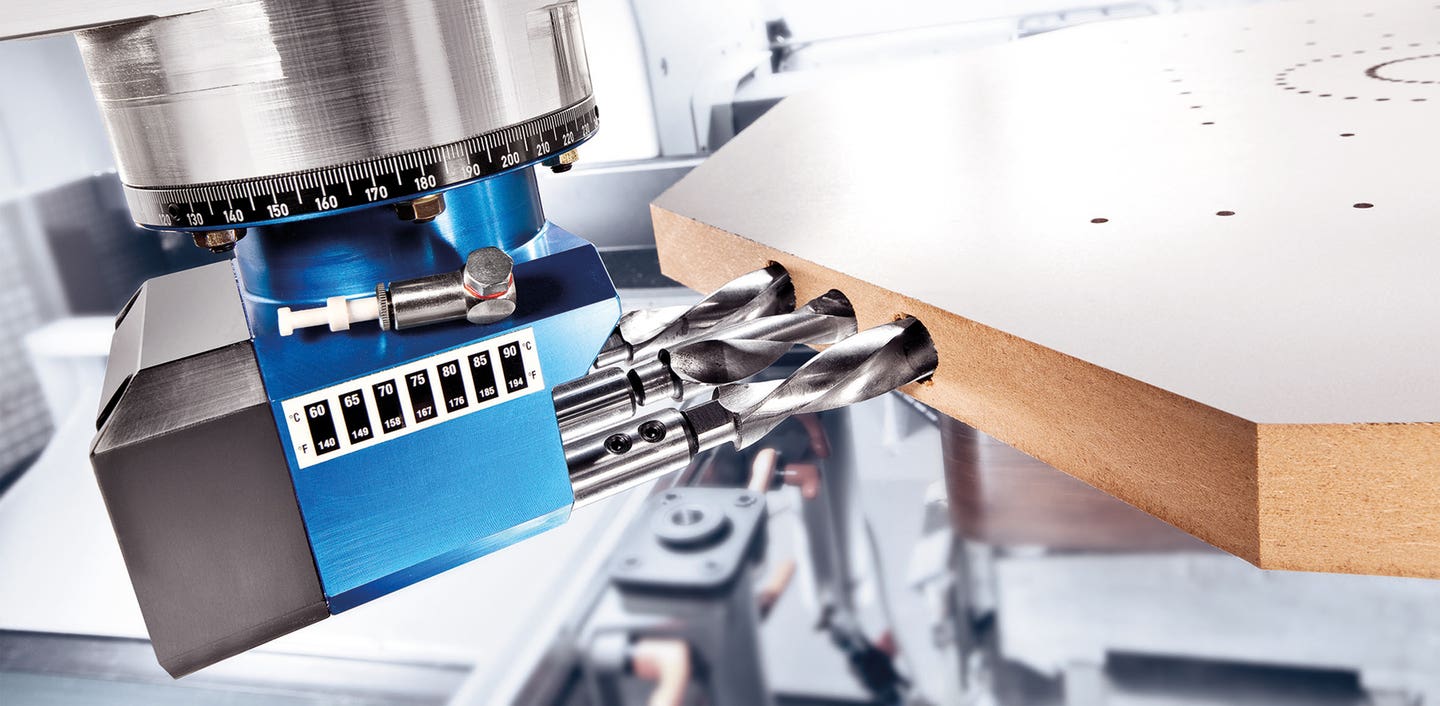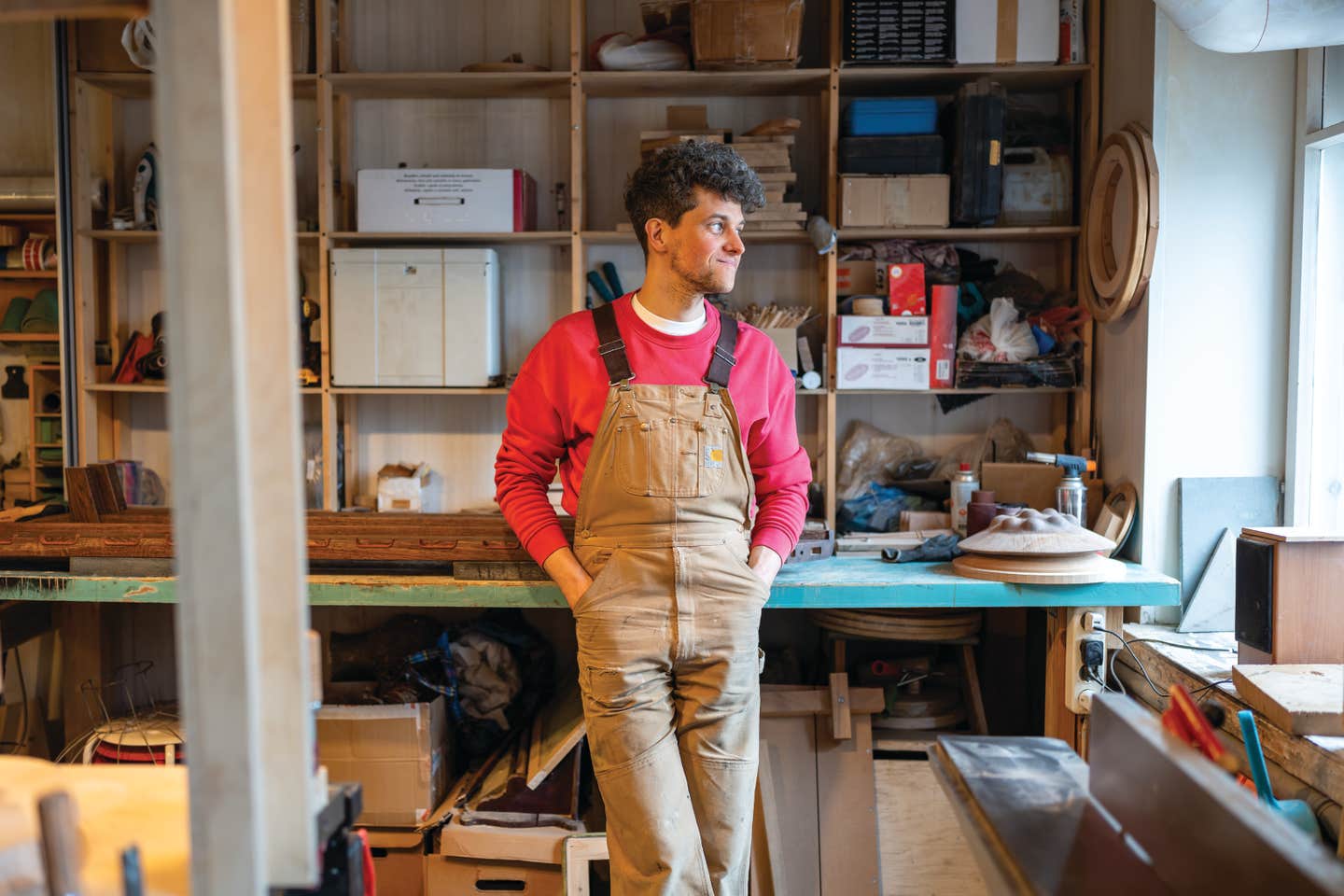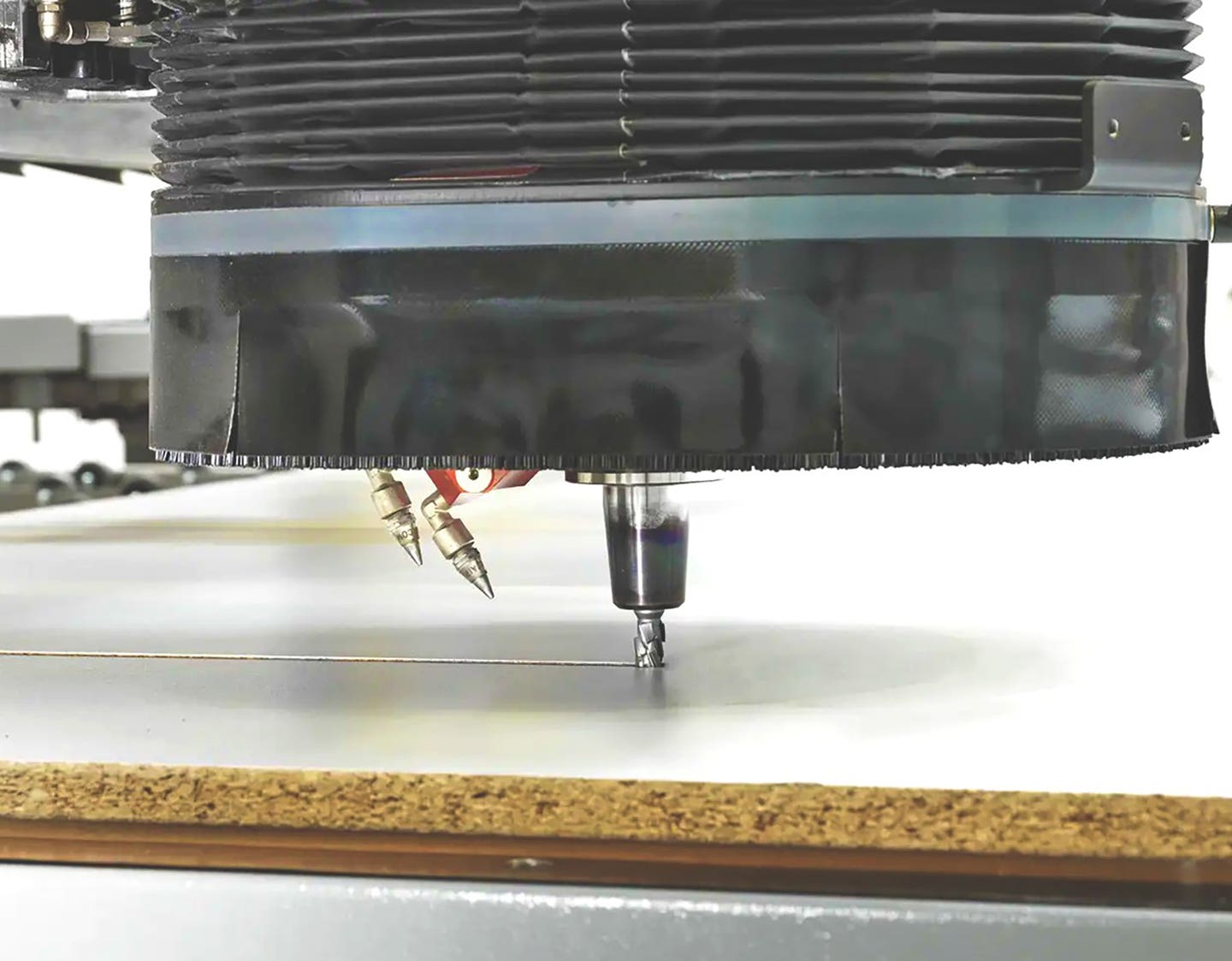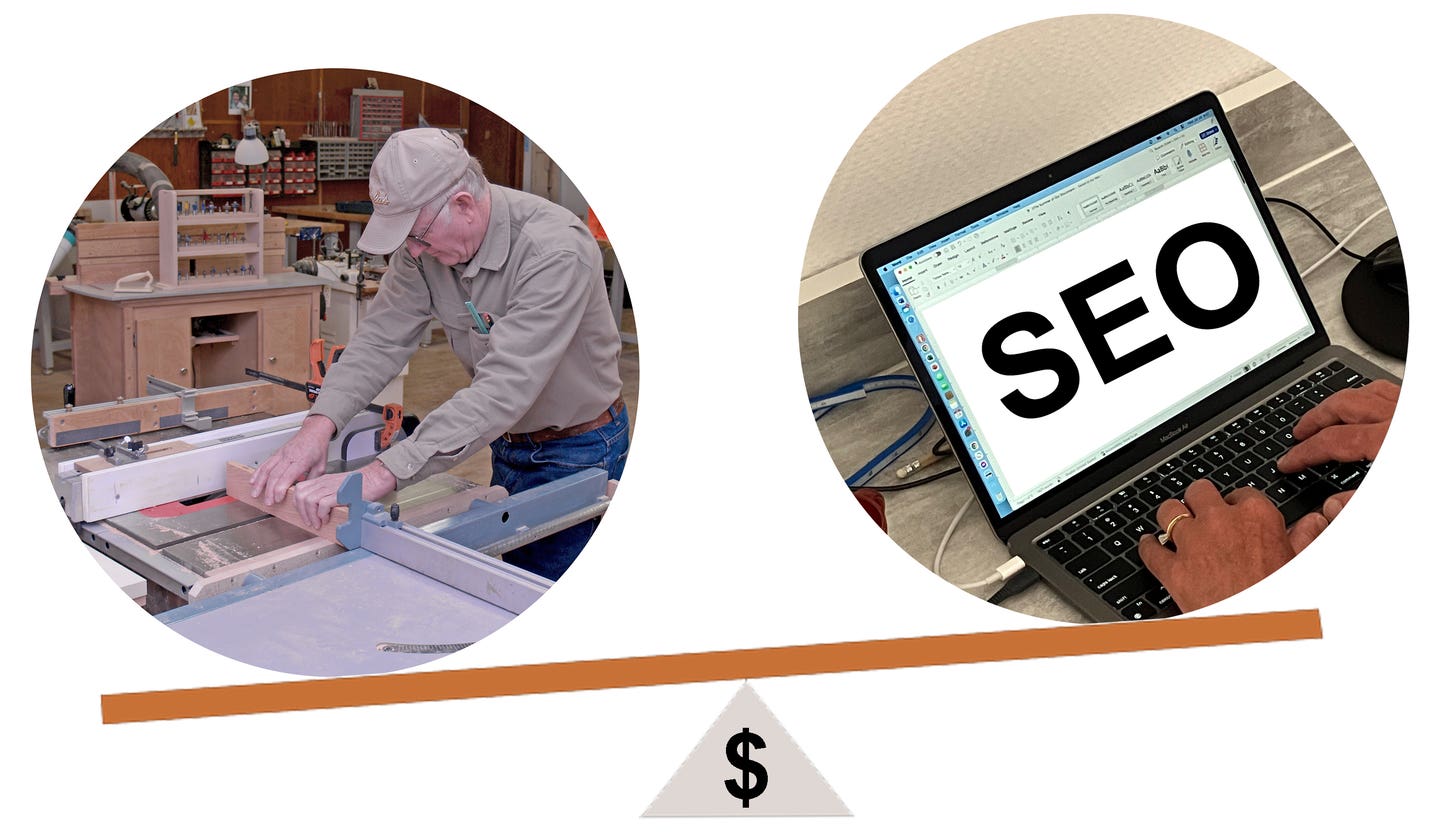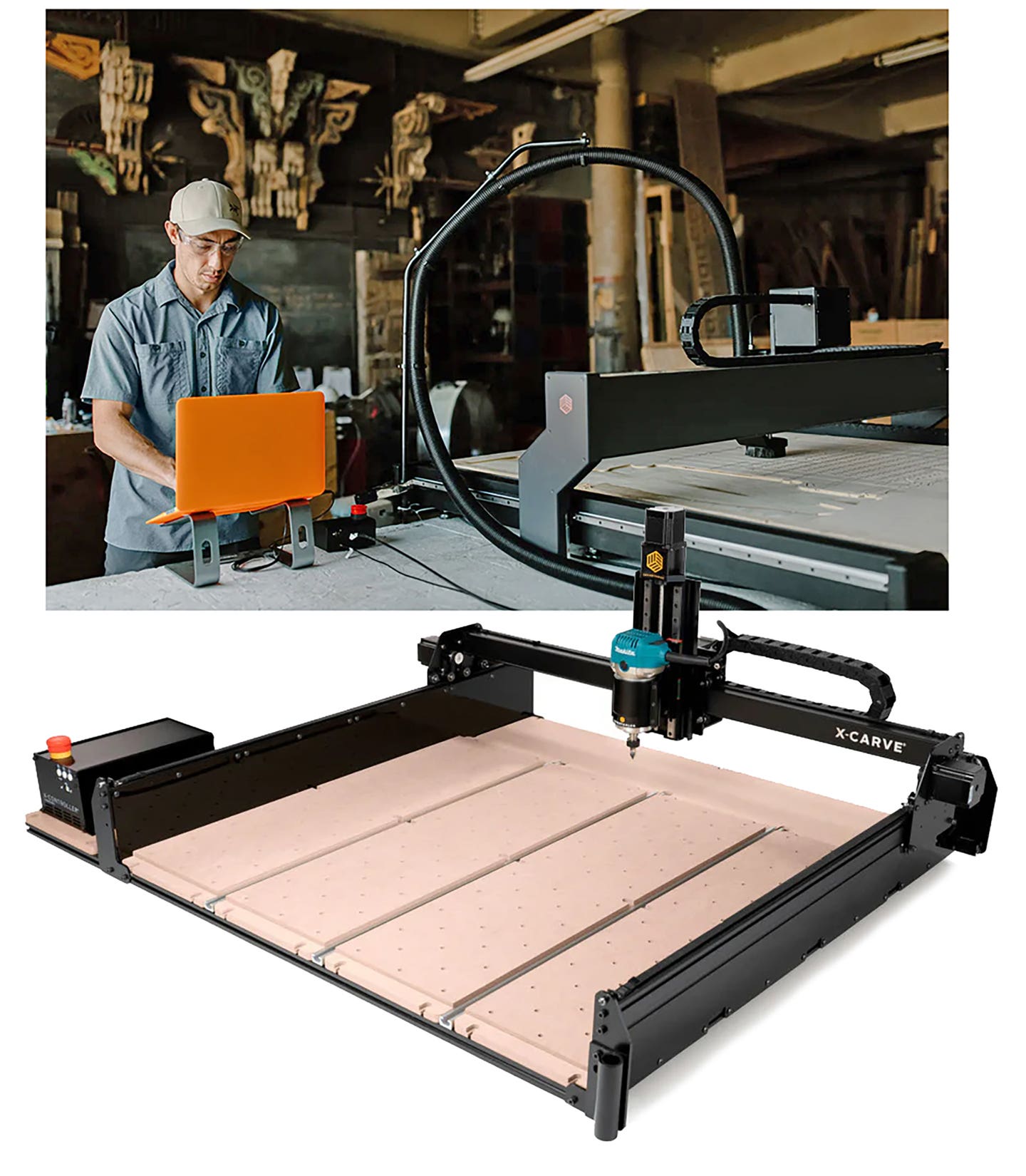Weathering the storms
John Abramson, owner of Wood Solutions in Galveston, Texas, is always ready to hit the ground running. Established in 2003, the business is now in its fifth location because of…
John Abramson, owner of Wood Solutions in Galveston, Texas, is always ready to hit the ground running. Established in 2003, the business is now in its fifth location because of recurring hurricane damage — a sure sign of Abramson’s commitment to his trade.
The full-service cabinetry shop caters to a dynamic clientele seeking custom cabinetry and millwork on residential and commercial properties in the Galveston and Houston markets.
“The difference between working in Galveston versus somewhere else in Texas is that in Galveston you have to be very flexible and you can’t be picky about what you do. There’s not that much work, so you can’t just do kitchen cabinets. We do cabinets, doors, windows and anything else to be able to have a millwork shop. It’s a small island,” says Abramson.
Abramson does all of the designing, estimating and job planning, and he also serves as the shop foreman. He took one course in AutoCAD early on in his career, but is otherwise a self-taught businessman. In addition to his brother, Jimmy Ledwith, who does all of the shop’s custom finishing as a subcontractor, he has four full-time employees including three craftsmen and one payroll assistant. Everyone on his team is accustomed to working on several jobs at once on any given day, which is all part of his strategy to keep a healthy cash flow going.
“When we’re really busy, we’re working on 10 different jobs a week. That doesn’t mean we’re finishing 10 jobs a week. We could be doing a job that takes three months and another one that takes a few hours.”
Strong start and restart
Abramson was inspired to go into the construction business as a teenager as his father had built a family home where they lived in Southern California. He started out framing houses and, when his family moved to Galveston in the late 1980s, he found employment at a millwork shop there. He soon moved on to a high-end remodeling company where he started doing work on the side until he was ready to start his business in 2003.
“I had built up a clientele to where I didn’t need to work for someone else; that’s when I decided to go for it.”
Working out of the back of his pickup truck, he grew the business by referrals, mostly after completing a Japanese sushi restaurant that led to a host of commercial clients, mainly restaurants, which still make up about 60 percent of his business today.
By 2005, he was well-situated in a small shop with three employees. Business was at its peak until Hurricane Rita tore the roof off his shop. He was able to collect payments on work done prior to the storm and rebuild.
Three years later, Hurricane Ike destroyed everything he had. Equally heartbreaking was the fact that it ruined many of the buildings he’d worked on, such as the elaborate sushi restaurant of which he was so proud.
“Most of the restaurant work I did early on was gone. All of my cabinets and other projects were destroyed after the storm. It’s kind of sad because it’s your legacy. Before, if I wanted people to see my work, I’d have them go to the restaurant. After the storm, everyone wanted me to come back and do the repairs, but I couldn’t do all of it, so others did it.”
On the bright side, he soon found himself busier than ever at a time when other woodworkers throughout the nation were suffering from a bad economy.
“We kept pretty busy after Ike. We had 10 employees and were working 60 to 80 hours, seven days a week, for four months straight, trying to get all the hotels back up and running.”
Work from the storm’s aftermath kept the shop busy until late 2011, when orders declined so drastically he had to let employees go. Sales have since improved, but not enough to warrant rehiring.
“Compared to when I had 10 people working for me to now when I have three people, it seems like I have the same amount of money. I like the business being smaller. It’s more manageable.”
Clients and services
The company’s primary market includes Galveston County and the Houston metropolitan area. A majority of the work is cabinetry, built-ins and millwork, with occasional furniture orders. Commercial projects involve various hotels, restaurants, libraries and athletic facilities.
“I think I like residential work better if it’s a good customer. Commercial work is high pressure with lots of deadlines. The money can be better than residential, but it can be worse because it’s hard to get paid. I basically have to do residential work to front the costs of commercial.”
One of Abramson’s most important clients, supplying him with both historical restoration and new cabinetry work, is George Mitchell, a well-known Texas real estate developer and oil tycoon who is the founder of Mitchell Energy & Development Corp.
“He’s one of the richest guys in Texas. His family runs his properties. Typically, 80 percent of our work comes through them. They’re probably the biggest landlord in Galveston and they own more than half of the downtown district, so they have commercial spaces, hotels, condos, apartments, lofts and all different types of buildings.”
In 2007, Abramson teamed up with Chris Arneson, a longtime general contractor in the area who supplies him with an ample volume of work as well.
“The advantage of working with Chris is that he’s a general contractor and I’m the only person that bids on the work for him. I’m not competing against other companies for his work. So if he gets the job, I get the job.”
Other jobs are derived from designers, architects and homeowners who contact him directly.
Abramson works with all types of hardwood, veneer and paneling materials, but tries to push German beech, his favorite. “It’s a renewable material and it produces little waste. It’s easy to machine.”
The shop builds 32mm frameless European-style cabinetry, which is offered by few of its competitors.
“We try to push the European style unless someone’s really specific in what they want. The commercial architects typically want the frameless modern look and the homeowners don’t always know what they want. Most of the other shops do traditional overlay and this is our niche. We can also build custom furniture. There are not many others around here who do.”
The shop features a SCMI edgebander, sliding panel saw and shaper; Grizzly planer, dovetail machine, 12” jointer, 24” planer, 10-hp dust collector and line-boring machine; High Point upcut saw; Diehl straight line saw; Powermatic band saw and table saw; Williams & Hussey molder; Rand-Bright 37” wide belt sander; and Blum hinge press.
There is no CNC machinery as of yet. “I’ve looked into it, but the only way that I’ll buy one would be for a specific job, like several hundred kitchens for a big condo. That investment would make sense.”
Ready for anything
Earlier this year, business dipped about 40 percent from last year, but has been picking up during the last three months. Abramson has been patient, despite the unpredictability of the fluctuating market.
“We were really busy for four years straight when people in Austin and Houston didn’t have very much work. Then it seemed like there was more work in Houston, but not much in Galveston. But things are coming back. It fluctuates from one year to the next, really.”
When things got slow, Abramson worked on his website and even started handing out business cards again.
“That’s what I did when I first started this business. Most of the time I don’t have to do anything, the work just comes in.”
His ultimate goal is to work independently, building furniture for high-end customers. But for now, a larger shop pays the bills.
“If somebody came to me and wanted to buy my business, I would sell it in a heartbeat. I don’t have any specific plans for it except to try to keep at it. I have no alternative right now but to keep plowing away at the business and make it work.”
Running a business can be stressful, to say the least. But Abramson says happy customers bring great rewards, even if you’re not getting rich.
“There’s nothing like completing a project when everything goes right and everyone’s happy. Some people just want to make money and don’t care who they run over in the process. I’ll shoot myself in the foot or I’ll go broke as long as the job’s done right and the customer’s happy. I don’t make a lot of money because I do it right.”
This approach is appreciated in Galveston, where numerous homeowners were ripped off by scams in the wake of Hurricane Ike.
“After Ike, so many people came to Galveston to start construction businesses but most were gone within months because they didn’t know what they were doing — they were just trying to get rich quick. People were desperate to get their homes restored and that’s why they got ripped off. They didn’t have the patience to wait and check up on the people they hired. There are still a lot of homes that haven’t been repaired.
“You shouldn’t start a business unless you are a business person. Some people are good at doing work and being workers, and some people are good at business. Make sure you’re good at both and that you know what you’re doing and that you have good business sense.”
Contact: Wood Solutions, 1523 Strand St., Galveston, TX 77550. Tel: 409-765-5628. www.woodsolutions.biz
This article originally appeared in the September 2012 issue.


